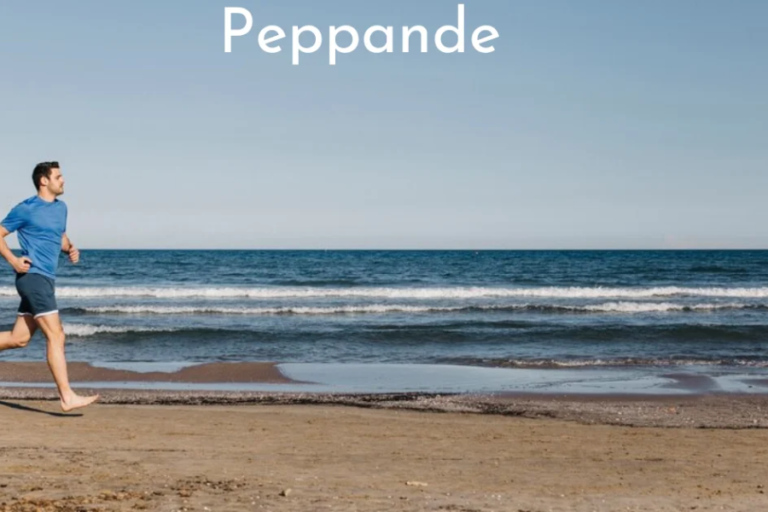The Legacy of Känätääj: How Finnish Folk Music Transcends Time and Tradition
The Enchantment of Känätääj: Exploring its Essence, Origins, and Cultural Impact
Känätääj is a captivating element of Finnish cultural heritage, epitomizing a distinctive style of folk music played on the Kantele, a traditional Finnish string instrument. The term “Känätääj” roughly translates to “spieler” or “player,” reflecting the vital role of the musician in this tradition. Beyond just music, it represents a profound expression of Finnish identity, deeply embedded in the country’s cultural tapestry for centuries.
The precise origins of Känätääj are somewhat shrouded in mystery. Archaeological findings suggest that string instruments akin to the Kantele were present in Finland as early as the 11th century. However, it wasn’t until the 16th century that references to Känätääj became more pronounced. Historical accounts from that time describe Känätääj performances as central to social gatherings and celebrations. These performances were often the work of skilled musicians known as “Kanteletar,” who roamed from village to village, enchanting audiences with their impressive playing and engaging storytelling.
Känätääj played a multifaceted role throughout Finnish history. It was a source of joy and entertainment at festivals, weddings, and cozy fireside gatherings. More significantly, it was a key medium for storytelling. The melodies carried rich narratives of Finnish mythology, historical events, and daily life, preserving and transmitting these stories through generations. In a culture that cherished oral traditions, Känätääj became an essential part of maintaining and sharing Finnish heritage.
Performances of Känätääj could be either solo or group affairs. Solo performers were often wandering entertainers, while group performances might involve several Kanteles, accompanied by percussion instruments or vocal harmonies. Special occasions, such as major holidays or seasonal events, would call for elaborate Känätääj performances, further underscoring its integral role in Finnish social and cultural life.
The Heartbeat of Känätääj: The Enchanting Kantele
At the core of Känätääj lies the Kantele, a mesmerizing string instrument that embodies the spirit of this Finnish folk music tradition. With origins that trace back to the 11th century, the Kantele has evolved through the ages, taking on various forms that enrich the tradition.
Two main types of Kanteles are central to Känätääj: the kielekantele, which has a fixed neck and typically features between 5 and 39 strings, and the Karelian Kantele, known for its rounded body and adjustable neck, with a string count ranging from 5 to 24. These variations in string number and design affect the tonal range and qualities of each instrument, contributing to the unique soundscapes of Känätääj.
The Kantele’s allure lies in its distinctive playing technique. Unlike Western string instruments that are played with a bow, the Kantele’s strings are plucked with fingers or a plectrum, producing a percussive yet melodic sound. Känätääj musicians employ various plucking methods to create different timbres and effects. For example, alternating the thumb and fingers in quick succession generates a vibrant melody. Additionally, the Kantele’s tunings, often based on modal scales rather than Western tuning systems, add to the ethereal quality of the music.
To truly experience the charm of the Kantele and the art of Känätääj, consider listening to online recordings or attending a live performance. Watching a skilled Känätääj musician bring the Kantele to life is an unforgettable experience that captures the essence of Finnish folk tradition.
Resonance with the Kalevala: Exploring the Connection
A fascinating aspect of Känätääj is its potential link to the Kalevala, Finland’s epic national poem compiled by Elias Lönnrot in the 19th century. This epic weaves together myths, legends, and historical elements, portraying the adventures of heroes like Väinämöinen and their struggles with nature and mythical beings. While the exact relationship between Känätääj and the Kalevala remains debated, some scholars speculate that Känätääj melodies may have once accompanied the recitation of these epic tales.
Imagine the scene: a fire crackles in a communal hall, casting shadows as a Känätääj musician begins to play. The haunting melodies of the Kantele might rise and fall, reflecting the dramatic moments of the Kalevala. The musician, blending the roles of performer and storyteller, could create musical narratives that enhance the epic’s recitations. Specific tunes might have been associated with characters or events, creating a shared cultural experience between the performer and audience.
Känätääj and the Kalevala both explore deep themes of the Finnish relationship with nature, portraying its beauty and challenges. The Kalevala’s heroes face formidable landscapes and mythical creatures, reflecting the untamed power of nature—a theme often mirrored in the evocative sounds of Känätääj music. Both the epic poem and Känätääj tradition serve as crucial vehicles for Finnish cultural identity, preserving and conveying history, mythology, and societal values through compelling narratives and music.
Whether or not there was a direct connection, the link between Känätääj and the Kalevala highlights the profound role this folk music tradition plays in Finnish culture. Känätääj melodies, like the stories of the Kalevala, have resonated through the ages, linking the past and present in a rich tapestry of Finnish heritage.
Känätääj: A Timeless Legacy
Despite the passage of time, Känätääj’s enchanting melodies continue to captivate audiences around the world. This enduring legacy is a testament to the music’s mesmerizing qualities and its deep ties to Finnish culture. Far from remaining static, Känätääj has gracefully adapted to the modern era while retaining its traditional roots.
Today, contemporary Känätääj artists and ensembles are keeping this ancient tradition alive. Musicians like Anna Puu and groups such as Värttinä are integrating Känätääj elements into their modern works, offering fresh interpretations that connect the past with contemporary musical styles. These artists are not merely preserving history; they are revitalizing it, introducing Känätääj to new audiences and ensuring its ongoing relevance.
The influence of Känätääj reaches beyond traditional folk performances. Its evocative Kantele sounds and spirit are subtly embedded in modern Finnish music. You might notice echoes of its rhythmic patterns or the poignant beauty of its melodies influencing contemporary Finnish artists across various genres. Additionally, Känätääj performances remain a beloved feature of cultural festivals and events throughout Finland, linking audiences to their heritage and nurturing a shared cultural identity.
In essence, Känätääj is more than just a musical style—it’s a vibrant thread in the fabric of Finland’s cultural heritage. As it continues to evolve and inspire new generations, the legacy of the Kantele and its enchanting melodies endures, promising to weave its magic for years to come.
Embracing the Enchantment: Exploring Känätääj Further
Our journey into Känätääj has revealed a world of music rich in history and cultural depth. We’ve explored the enchanting sounds of the Kantele, the core of Känätääj, and considered its possible connection to Finland’s epic poem, the Kalevala. We’ve seen how Känätääj has served as a vital tool for storytelling, entertainment, and cultural preservation throughout Finnish history.
What stands out most is how Känätääj’s legacy continues to thrive. This unique folk tradition has adapted to the modern world, influencing contemporary artists and leaving its mark on Finnish music overall. Känätääj remains a cherished part of cultural events, bridging the past and present.
If you’re intrigued by the allure of Känätääj, there are many ways to explore it further. Listen to recordings by modern Känätääj artists like Anna Puu or Värttinä, or, if you have the chance, attend a live performance to fully experience the captivating sounds of the Kantele. For more insights into Känätääj and the Kantele, reputable Finnish folk music websites offer a wealth of information and resources.
Conclusion
Känätääj stands as a vibrant testament to Finland’s rich cultural heritage, embodying a tradition that has captivated audiences for centuries. Through its hauntingly beautiful melodies and the evocative sounds of the Kantele, Känätääj has preserved Finnish folklore and mythology while adapting gracefully to the modern era. Contemporary musicians are not only reviving this ancient tradition but also infusing it with new life, ensuring that Känätääj remains relevant and inspiring.
Whether you’re exploring the history of the Kantele, delving into its role in Finnish cultural events, or experiencing its modern interpretations, Känätääj offers a unique glimpse into Finland’s musical and cultural legacy. Its enduring presence in both traditional performances and contemporary music highlights its profound impact on Finnish identity and its ability to connect past and present.






